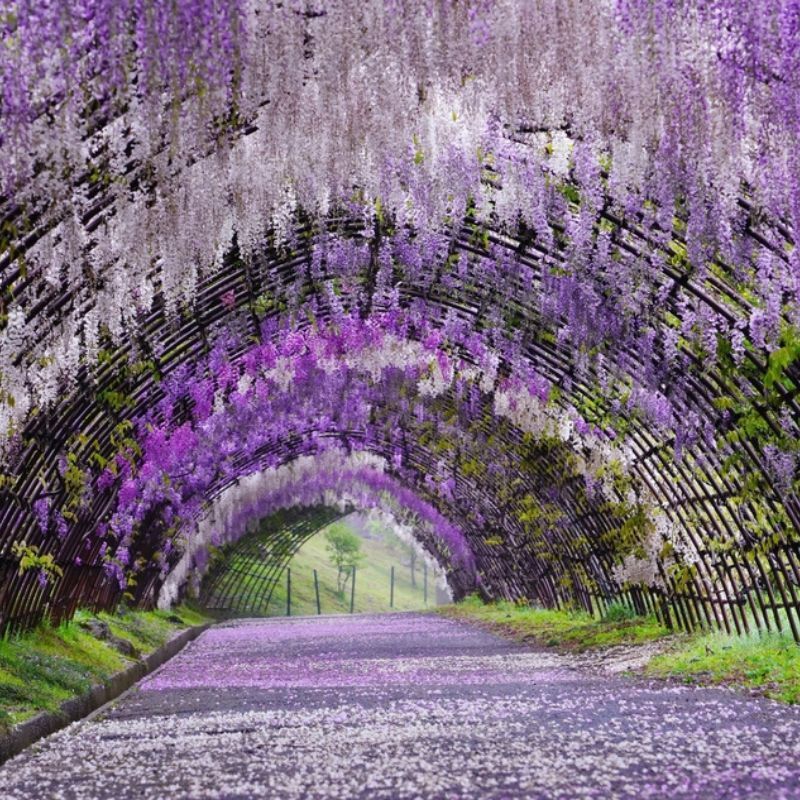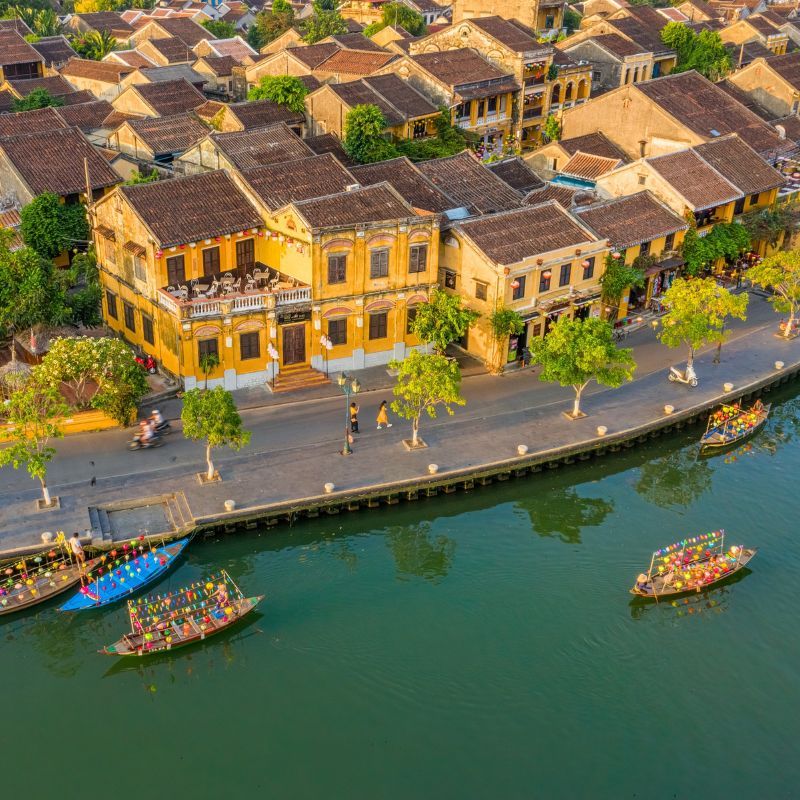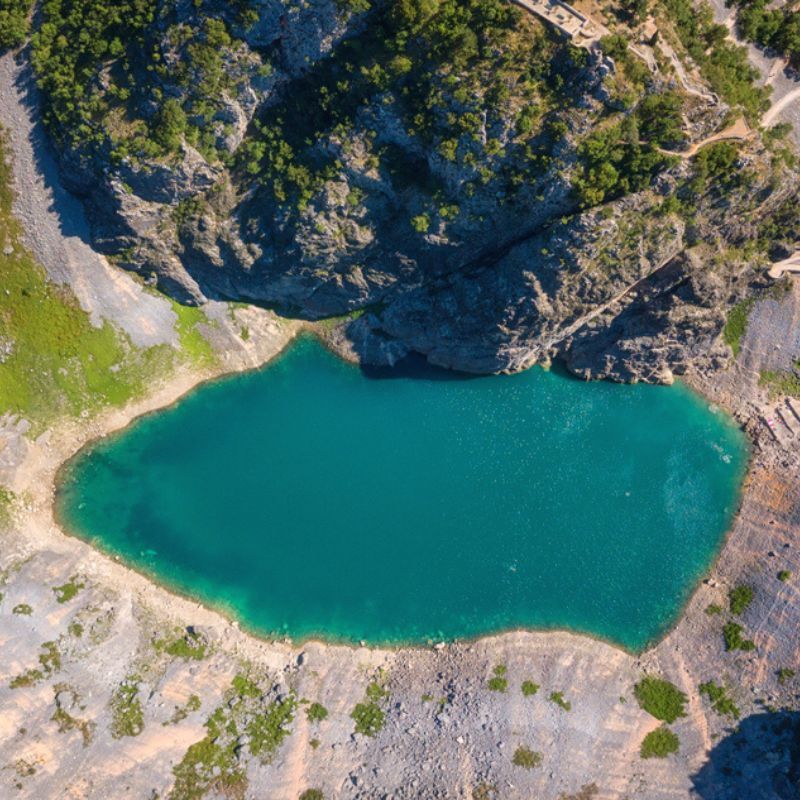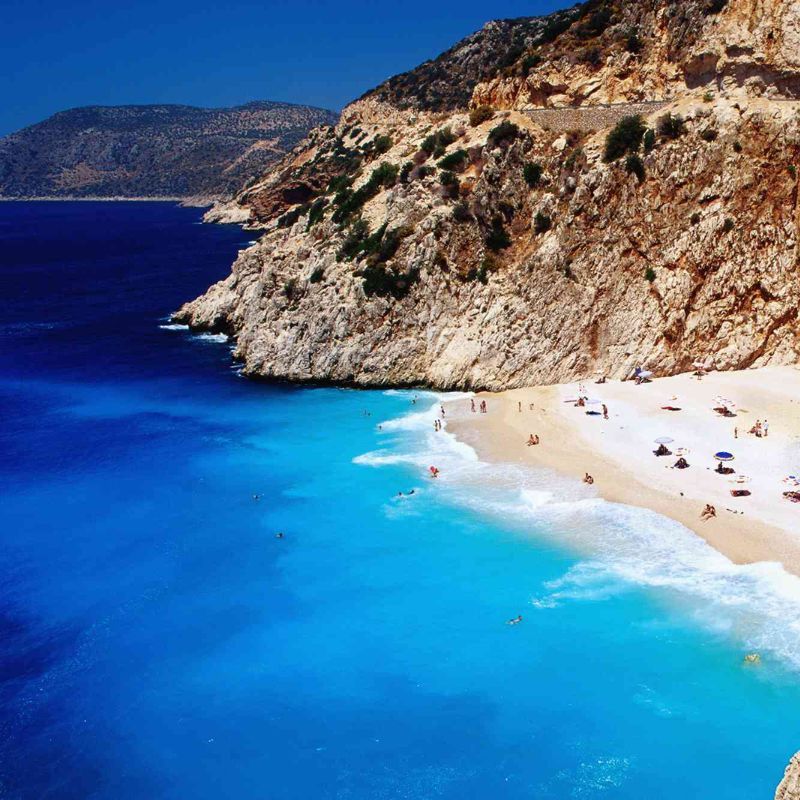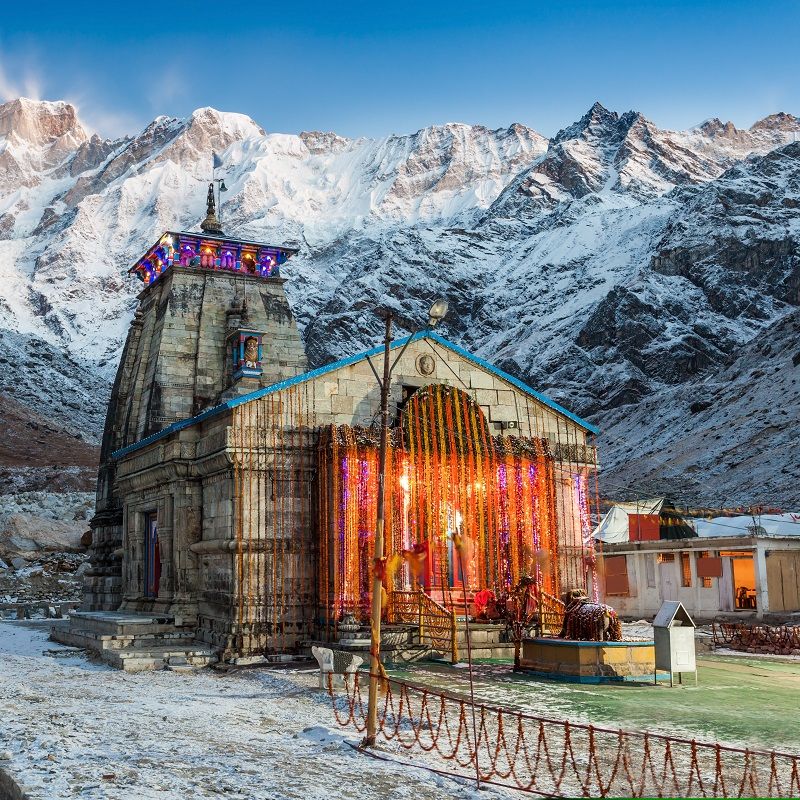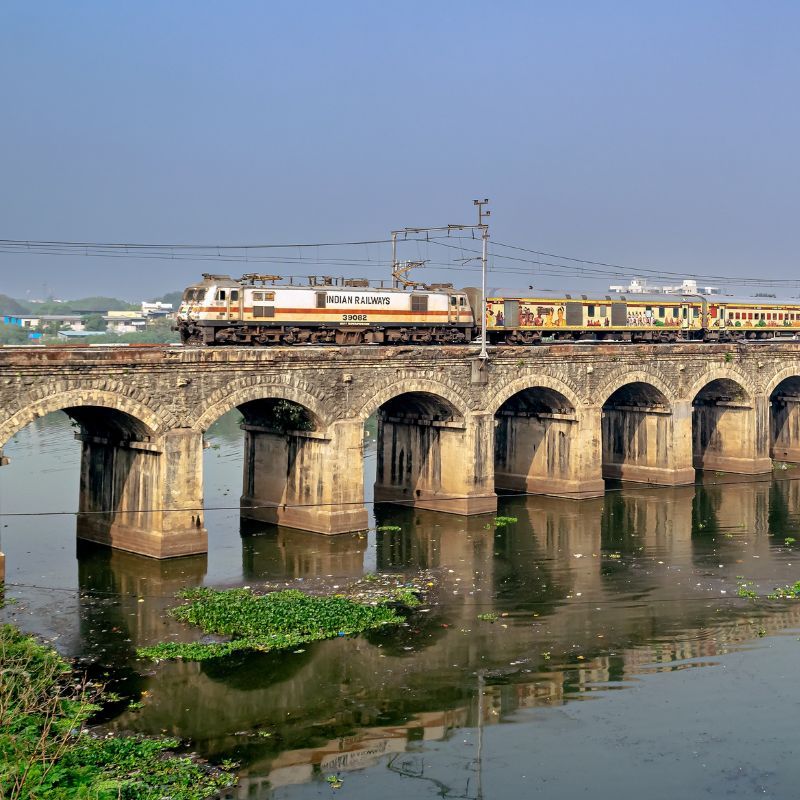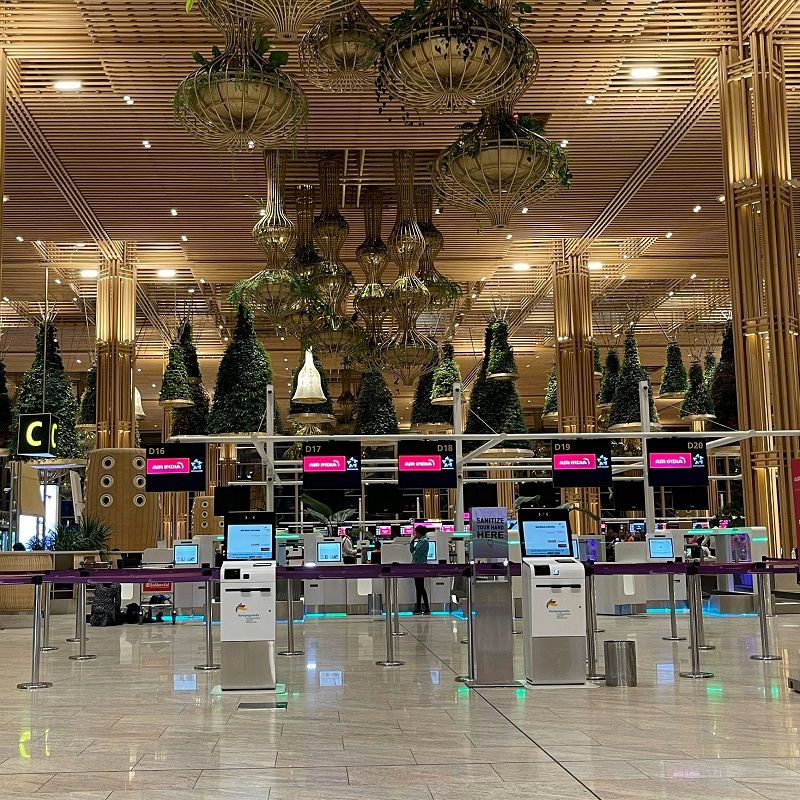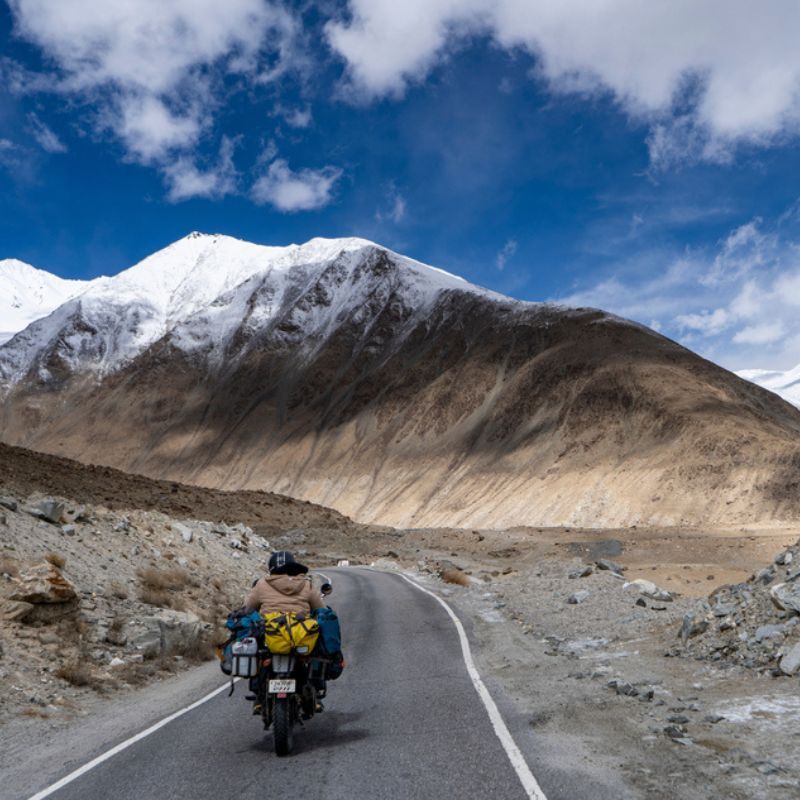
For over 200 years, it served as the only Danish outpost in India. Today, ruins of grand colonial structures in the sleepy ozone-rich town of Tranquebar are reminiscent of its glorious past. By Mary Ann Issac
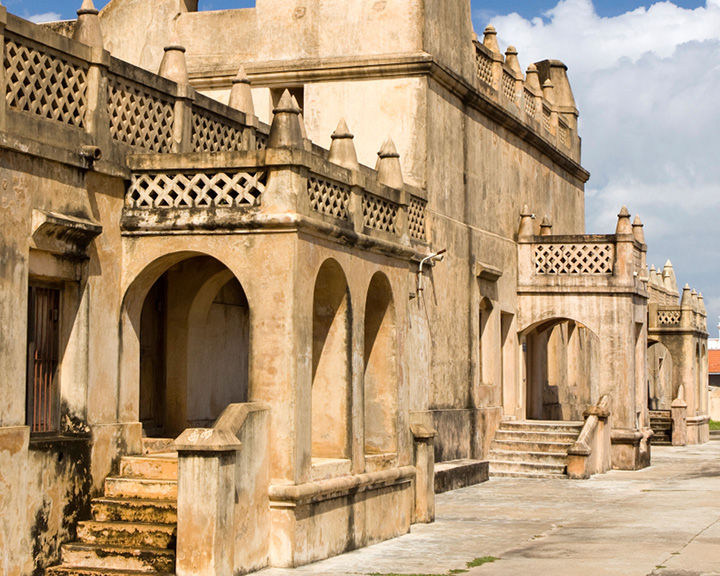
In a land forgotten by the world, singing waves tell stories—of voyagers it allured to its golden shores, and of missionaries that changed its cultural landscape. The turquoise waves foaming white bring to shore fishermen in vibrant boats, who sort through the catch in their bright green nets. Look closer and you find them swaying with the palm trees to the tune of Tamil music blaring on their phones. Further down the beach, women dressed in brightly-coloured saris carefully lay down varieties of fish on the sand to dry.
Tranquebar, also referred to as Tharangambadi, stands overlooking the Bay of Bengal in Tamil Nadu. Even on the sunniest day, sunbathers in Tranquebar are shielded from harmful UV rays—owing to the ample ozone present here, at the only ozone-rich beach in India. The drive to the town takes you through nondescript villages that seem to have never caught the wave of modernisation, and yet, exude a unique charm. Homes built with mud and bricks, plastered in cow dung, and sheltered with low-thatched roofs, continue for miles. Plumbing and electricity are almost nonexistent, but there are hand pumps and wells. Lush green paddy fields line the narrow two-lane road till the horizon.
Entry into Tranquebar is through the famous Town Gate, or ‘Landporten’, as it is referred to in Danish. The original gate was built in the 1660s as part of the fortification process; it was later demolished in 1792 to make way for the existing gate. It marks the transition into a world drastically different from that beyond its borders. The change in architecture is most noticeable—from buildings and houses typical of Tamil towns, to imposing colonial buildings. It is not surprising to see Europeans sauntering about and film crews shooting scenes here. Tranquebar still remains largely unknown to most domestic travellers, but it does serve as a popular pit-stop for devotees heading towards Velankanni to visit the Basilica of Our Lady of Good Health, one of the most important Catholic pilgrimages in the country.

The devastating tsunami of 2004 had engulfed parts of the town. Today, the cobbled promenade stands restored, exuding a European charm. It is a vehicle-free zone facing the beach, surrounding many buildings of historical importance.
The Danish Connection
Ove Gjedde, an envoy of King Christian IV of Denmark, landed in Tranquebar with his troops in 1620. The expedition was not without battle; they captured two pirate ships off the coast of England and strengthened their fleet. It was not without loss of life either; even before they reached the Cape of Good Hope, they’d lost 200 troops. By the time they reached India, the head count reached 300. The arrival of the Danish fleet, however, was a significant milestone in the history of this fishing village. They negotiated rights to fortify Tranquebar with King Ragunatha Nayak of Thanjavur and established the Danish East India Company.
Fort Dansborg, or the Danish Fort, was built in 1620, and was the base for the Danish settlement. Today, a museum in the fort houses original documents from the Danish occupation, weaponry, idols, and other artefacts. The many rooms of the fort that once housed soldiers and stored food and weaponry, are all marked for tourists to see. Besides a lesson in history, the fort also offers expansive views of the promenade and the ocean. Come here on a quiet day to watch the lazy ocean crash onto the rocks and fishermen arrive onshore with their catch.

Delving into the history of Tranquebar brings to light the name Bartholomaeus Ziegenbalg, a German Pietist missionary who lived in Denmark. He was instrumental in the propagation of Protestantism in India and was the first to conduct a sermon in Tamil. The Zion Church, built under his supervision in 1701, was the first Protestant church in India. This church still conducts services regularly.
Furthermore, Ziegenbalg’s efforts led to the establishment of the first printing press in India, from where he printed the first edition of the New Testament in Tamil as well as Tamil textbooks for schools, and the Tamil calendar. He started the first school for girls in India and was also the first to introduce the free noon meal system in schools. In 1718, he built the New Jerusalem Church on King Street in Tranquebar. Ziegenbalg is buried in the church, but his crypt is inaccessible to the public. The gravestones of other Danes in the church compound and those in the Danish cemetery are often visited by Danes, who come to Tranquebar to learn about their ancestors.
Ziegenbalg House, the restored residence of the reverend and an important monument of Indo-German heritage, is now the Ziegenbalg Museum on Intercultural Dialogue (francke-halle.de). I met Jasmin Eppert, the project manager at Ziegenbalg House, whose passion for research into our shared cultures has brought her here from Germany. She has been at the helm of renovating the museum and encouraging local participation in regular exhibitions and inter-cultural programmes. The highlight of a visit to the Ziegenbalg House are the 18th– and 19th–century printing equipment on display. The centuries-old Eagle printer is in working condition, and is now regularly used for demonstrations. The museum also conducts walking tours for those who want an immersive understanding of the history of the town.

In 1845, when they could no longer afford to maintain colonies abroad, the Danish sold all their assets in Tranquebar to the British. But Tranquebar wasn’t an active trading post for the British. This led to the town losing its strategic importance. Post Independence, the fort and all Danish buildings in this once bustling port fell into disrepair. Recent restorations were helmed by the Tranquebar Association with the help of the Danish Royal Family, the State Archaeological Department, and the Tamil Nadu Department of Tourism.
A Walk Back In Time
A stroll through the streets of Goldsmith, King, and Queen is the best way to experience Tranquebar—to imagine the town in its heyday. A recent addition to the town’s landmarks is the golden statue of Bartholomäus Ziegenbalg, looming large at the corner of King and Queen streets. Goldsmith Street is lined with low-roofed, clay-tiled houses with wide verandahs and wooden pillars, many of which have been restored and converted to guest houses. Mosque Street displays architecture with Islamic accents and colours—a stark departure from the rest of the town. The street ends at a large functioning mosque, behind which are the ruins of a 14th-century mosque, home to the tombs of two Sufi saints who brought Islam to Tranquebar.
The Maritime Museum at the promenade has an extensive library with documents, old maps of Tranquebar, and literature on religion, Denmark, Germany, Europe’s cultural ties
with India, etc. Comparing the map of Tranquebar from 1733 to the more recent 2017 drawings helps one understand the extent of climate change, as the town has borne the brunt of rising sea levels over the years. Yet to be restored, an imposing structure stands opposite the Danish Fort—the Governor’s Bungalow. Plans to turn it into a cultural centre are underway, to encourage inter-cultural dialogue. Since its establishment in 1306, the majestic Masilamani Nathar Temple dedicated to Lord Shiva was the crown jewel of Tharangambadi. The Pandya king, Maravaram Kulasekara Pandyan, had commissioned the temple in a beautiful mix of Tamil and Chinese architecture. Once, it had expansive grounds overlooking the ocean; today, it’s reduced to a cluster of interconnected structures held up by a sea wall, owing to neglect and ravages by the sea over the years. Yet, against a backdrop of coconut trees in the distance and the rocky sea wall, the temple is a sight to behold.
The Tranquebar of today may just be a fraction of what it was, but this quaint beachside town never fails to win the hearts of those who visit.
Related: Here’s Why You Should Visit The Shoeless Village Of Tamil Nadu!


